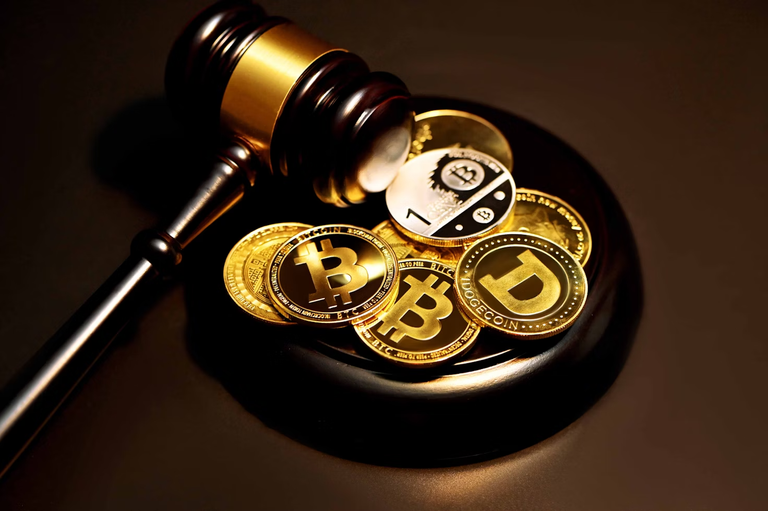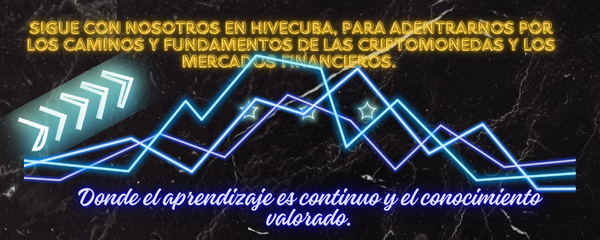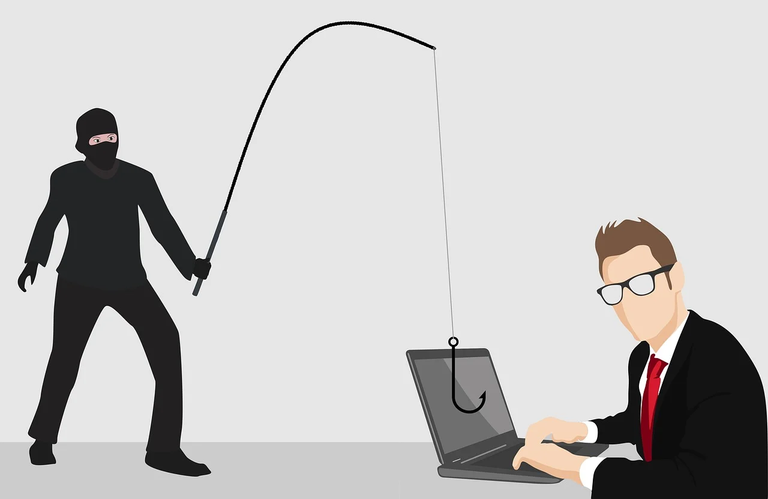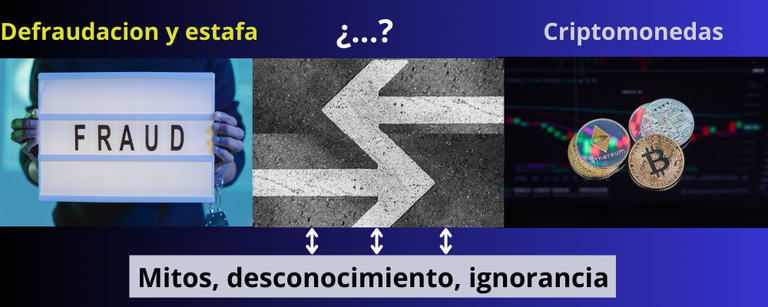
Mi propósito en este post, es hacerte saber, como llegué a entender que las criptomonedas por su naturaleza, no tienen nexo alguno con el delito de estafa, lo que haré dentro del campo del Derecho.
Pero vamos a tratar de desmenuzar el problema.
Comencemos.
In the previous post, "How I became interested in cryptocurrencies. Part I", I told you in a very summarized way, the way in which the nexus between cryptocurrencies and scam was molded in the minds of many Cubans, using as a connection point the pyramid companies that swarmed at that time in Cuba.
My purpose in this post is to let you know how I came to understand that cryptocurrencies by their nature, have no link with the crime of fraud, which I will do within the field of law.But let's try to break down the problem.
Let's start.
¿Qué es la estafa en sí?
La estafa como delito está tipificada en la legislación penal de muchos países.Fuente pixabay/Fraud as a crime is criminalized in the criminal legislation of many countries. Sourse pixabay.¿De qué se trata cuando de estafa hablamos? Para ello voy a utilizar lo dispuesto en el artículo 423.1 de la Ley No. 151 Código Penal Cubano:
“Quien, con el propósito de obtener para sí o para otra persona, una ventaja o un beneficio patrimonial ilegítimo, y empleando cualquier ardid o engaño bastante o suficiente que induzca a error a la víctima, determine a esta a realizar o abstenerse de realizar un acto en detrimento de sus bienes o los de un tercero…”
Consideremos algunos elementos de este delito.
La ventaja o beneficio patrimonial para sí o para otra persona: pueden ser lo mismo tangible como el dinero fiat, una casa, una obra de arte, un auto o intangible: propiedad intelectual, industrial, una pieza musical, criptoactivos, entre otros.
El carácter ilegítimo de este beneficio o ventaja patrimonial: se manifiesta, cuando el autor obtiene los bienes de la víctima, utilizando actos que van en contra no solo de las leyes, sino de las buenas costumbres, la moral, la ética y las normas trazadas por la sociedad.
El ardid o engaño, como elemento de la estafa, tiene lugar cuando el autor, le muestra a la víctima una serie de hechos o circunstancias motivacionales, presentes o futuras, que derivan en una promesa favorable a esta, dirigidas a que la víctima tome una decisión en el sentido deseado por el primero.
Pero este ardid o engaño tienen que ser bastante y con suficiente poder, para que pueda vencer los filtros mentales de la víctima, sus conocimientos y capacidad de indagación.
La inducción de la víctima al error: el autor hace creer a la víctima que todo lo que le muestra es beneficioso, y en consecuencia lo llama a la acción. Fundado en todo lo anterior, la víctima cree que lo dicho, prometido y aceptado por él, coincide con la realidad y en consecuencia actúa.
Para que haya estafa además de estar presentes estos elementos, debe haber un daño al patrimonio de la víctima como consecuencia de su actuar inducido por el autor.
Quiero significar, que al ser las criptos, bienes capaces de conformar el patrimonio de un sujeto, las mismas pueden reflejar la afectación, pero en modo alguno, forman parte de la figura típica de este delito como hemos visto con anterioridad.
What is the scam itself?
What are we talking about when we talk about swindling? For this I am going to use the provisions of Article 423.1 of Law No. 151 of the Cuban Penal Code:
"Whoever, with the purpose of obtaining for himself or for another person, an advantage or an illegitimate patrimonial benefit, and employing any ruse or deception sufficient or sufficient to induce the victim to error, determines the victim to perform or refrain from performing an act to the detriment of his property or that of a third party..."
Let us consider some elements of this crime.
The patrimonial advantage or benefit for himself or for another person: it can be the same tangible as fiat money, a house, a work of art, a car or intangible: intellectual or industrial property, a piece of music, crypto-assets, among others.
The illegitimate character of this benefit or patrimonial advantage: it is manifested when the perpetrator obtains the victim's goods using acts that go against not only the laws but also against good customs, morals, ethics and the norms established by society.
The ruse or deception, as an element of the swindle, takes place when the author shows the victim a series of facts or motivational circumstances, present or future, that derive in a favorable promise to the victim, directed to the victim to make a decision in the sense desired by the former.
But this ruse or deception must be enough and with sufficient power, so that it can overcome the victim's mental filters, knowledge and capacity of inquiry.
The inducement of the victim to error: the perpetrator makes the victim believe that everything he shows him is beneficial, and consequently calls him to action. Based on all the above, the victim believes that what was said, promised and accepted by him, coincides with reality and consequently acts.
In order for there to be fraud, in addition to the presence of these elements, there must be damage to the victim's patrimony as a consequence of his actions induced by the perpetrator.
I would like to point out that since the cryptos are goods capable of forming the patrimony of a subject, they can reflect the affectation, but in no way, they are part of the typical figure of this crime as we have seen previously.
Las criptos como bienes patrimoniales intangibles.
El patrimonio activo de una persona es muy variado, dentro de este, pueden estar las criptomonedas. Imagen conformada con Canva/A person's active patrimony is very varied, and within this, cryptocurrencies can be one of them. Image conformed with Canva. Las criptomonedas, son intangibles porque las mismas no se pueden tocar ni ver en su corporiedad, aunque sí puedan apreciarse en su valor. Tienen respaldo en moneda fiat, se pueden honrar obligaciones con ellas, almacenar y atesorar, y son intercambiables por otras criptos y bienes, estas son algunas de las razones, por lo que considero que su ubicación correcta dentro del campo del Derecho, es como un bien patrimonial y no como parte integrante de figura delictiva alguna.
Las criptomonedas, por su naturaleza no tienen un nexo con la estafa, no. Otra cosa es que personas inescrupulosas se aprovechen de la ignorancia de otros y le hagan creer cualquier cuento, sobre obtener beneficios utilizando criptomonedas mediante la estafa.
Cryptocurrencies as intangible assets.
Cryptocurrencies are intangible because they cannot be touched or seen in their corporeality, although they can appreciate in value. They are backed by fiat currency, obligations can be honored with them, they can be stored and hoarded, and they are interchangeable for other cryptocurrencies and goods, these are some of the reasons why I consider that their correct location within the field of Law is as a patrimonial good and not as an integral part of any criminal fugitive.
Cryptocurrencies, by their nature, do not have a nexus with fraud. Another thing is that unscrupulous people take advantage of the ignorance of others and make them believe any story about obtaining benefits using cryptocurrencies through fraud.
El nexo forzado por la ignorancia entre estafa y criptos.
El sentimiento de frustración que provocó en muchos cubanos, haber perdido bienes patrimoniales por engaño, en un negocio, donde las criptos tuvieron cierto protagonismo, unido al desconocimeinto; generó la emoción de encontrar un culpable a su desgracia, lo que recayó en estas.
Y como pueden ver, de esta manera entendí, que las criptomonedas por el solo hecho de serlo, no son una estafa, sino que estas pueden ser utilizadas (como se hace con cualquier bien) para engañar a aquellos que por pereza no desean aprender, por autosuficiencia desdeñan la asesoría basada en la profesionalidad y el conocimiento o simplemente, caen en la trampa.
El único nexo que puede haber... Imagen conformada con canva./The only link there can be... Image conformed with canva. The nexus forced by ignorance between swindle and cryptos.
The feeling of frustration caused in many Cubans, having lost patrimonial assets by deceit, in a business where cryptos had some prominence, coupled with ignorance, generated the emotion of finding a culprit to their misfortune, which fell on these.
And as you can see, in this way I understood that cryptocurrencies, by the mere fact of being so, are not a scam, but that they can be used (as is done with any good) to deceive those who out of laziness do not want to learn, out of self-sufficiency disdain advice based on professionalism and knowledge, or simply fall into the trap.
A modo de resumir
- Las criptomonedas pueden ser ubicadas como un tipo de dinero, por lo que nada impide que conformen el patrimonio de la persona.
- En los elementos que integran la estafa no estan las criptomonedas.
- El nexo entre las criptomonedas per se y el delito de estafa, es el desconocimiento e ignorancia de la naturaleza de estas.
To summarize
- Cryptocurrencies can be considered as a type of money, so there is nothing to prevent them from forming part of a person's patrimony.
- Cryptocurrencies are not part of the elements that make up the swindle.
- The link between cryptocurrencies per se and the crime of fraud is the lack of knowledge and ignorance of their nature.
GRACIAS POR LEER MI POST/THANKS FOR READING MY POST Stay with us at Hivecuba, as we delve into the paths and fundamentals of cryptocurrencies and financial markets.
Where learning is continuous and knowledge is valued.



